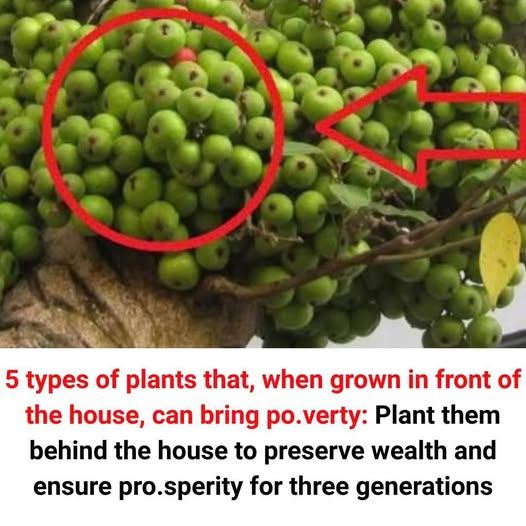Many people enjoy growing ornamental and edible plants at home, but not all plants are as harmless as they seem. Certain popular species, like oleander, foxglove, and even rhubarb leaves, can pose serious health risks to both humans and pets if not handled with care. What makes these plants especially dangerous is how deceptively beautiful or useful they appear—often luring in curious children or animals.
One common mistake gardeners make is underestimating how toxic some common plants can be. For example, oleander, often grown for its vibrant flowers, contains cardiac glycosides that can be fatal if ingested. Similarly, the castor bean plant, known for its dramatic foliage, produces ricin—a deadly toxin even in small doses. Even common vegetables like tomatoes and potatoes have toxic parts, such as the leaves and green portions, which contain solanine.
Proper handling and placement are key. Always wear gloves when pruning or touching these plants, and avoid planting them where children or pets play. Be cautious when composting trimmings, as some toxins can leach into the soil or water. Also, never use unknown plant material for herbal remedies without proper knowledge or consultation, as misidentification can lead to accidental poisoning.
Disclaimer: This article is for informational purposes only and is not a substitute for professional gardening or medical advice. If you suspect poisoning or allergic reaction due to plant exposure, seek immediate medical help. Always consult with experts before growing or using unfamiliar plants in your home or garden.
